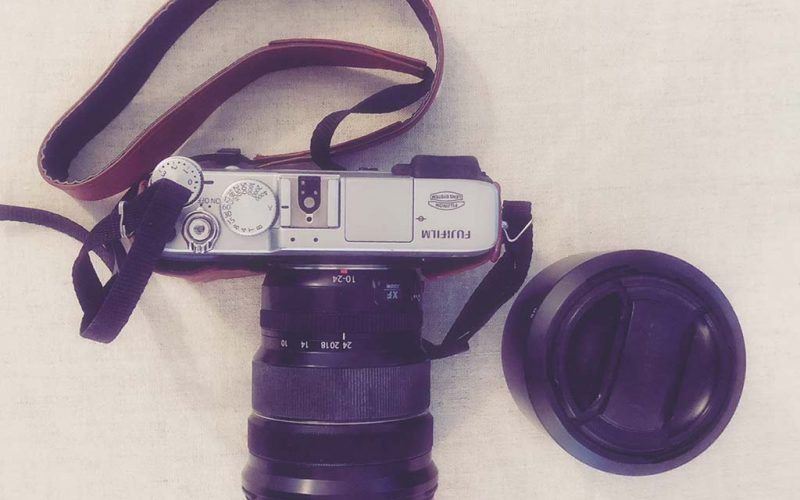Back in 2014, I decided to change my digital camera. For many years I had a “Canon EOS 350D” with some kit lens. But, back then, I would already shoot in RAW format and managed to get some of my travel pictures on sale on “Shutterstock”. Later I also started using “EyeEm”, from where the photos would go to the market and some of them to “Getty Images”.
For a non-professional photographer, that is pretty cool, no? I make some money from the stock photos market, but not so a looooot. The reasons might be various. My portfolios are not rich in quantity, sometimes half of a year passes without me uploading something to sell, though I have lots of RAW archives. But you need time to tune a bit your images and prepare them for stock. Since photography is my hobby and not my work, I keep this relationship this way, I don’t let it bore me.
The camera I have chosen
So when I decided to change my photo camera I was very ambitious. As a “Canon” lover I immediately looked into the “5D” model. But, hell, only the body price beat me off! Furthermore, I thought I wasn’t a professional photographer and that camera was really for people who earn money from photography. And it was big, I wanted something light enough for trekking and small enough I wouldn’t need a backpack just for the camera.
Then I became obsessed with “Leica”. But again, hell, the price is high! At that time I was reading a lot of blogs and photography forums where I came across articles and opinions about “Fujifilm” cameras. For example, you can read this comparison of “Fujifilm X-Pro2” versus “Leica M10”.
At that time “Fujifilm X-Pro1” was available and the new “Fujifilm X-E2”. I ended up choosing the second one after reading some blogs, the best of which is here.
Lenses
Again, my reasons were the price and the features I could get for that price. It still wasn’t cheap: the body costed me €855 without any lenses. I have chosen a ultra-wide zoom “XF 10-24mm f/4 OIS”, mostly, because of its versatility, after reading some blog posts and after looking at some images captured with this lens. It costed another €933.
After a year I bought another lens, the “XF 56mm f/2 R”. It was more for portraits, objects, bokeh effects. That lens costed me another €940. However, when travelling I usually take only one lens, the first one, that takes ultra wide angle pictures.

What the future holds?
At the time of writing this blog post, I can say that I’m very happy with my choice and I’m sure my camera will serve me well for a couple more years. However, the “X-E2” was discontinued and replaced by the “Fujifilm X-E3”.
The “National Geographic” have an interesting overview of the best travel photo cameras for 2019.
Bottom line, nowadays your smartphone can serve you well as a photo camera. A lot of depends on the moment, the location, the subject, lighting conditions and other parameters. To the point at hand, I won the third place in the “EyeEm” competition “The Secret Spaces” with a photo taken with my smartphone…

